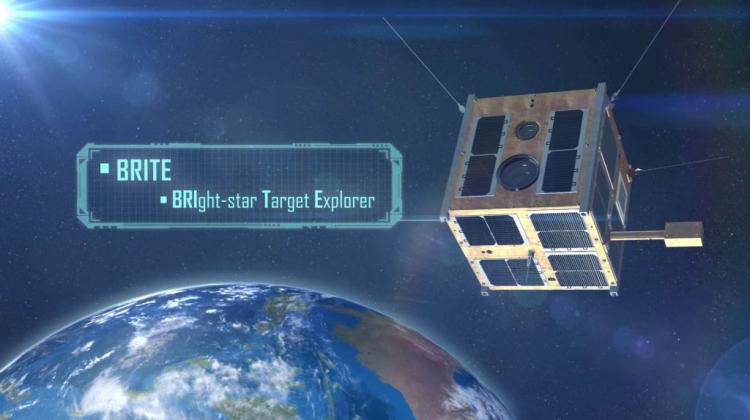Launch of the Polish satellite Hevelius postponed until May

The launch of Hevelius, Polish scientific satellite, is scheduled for May - told PAP Eng. Tomasz Zawistowski. The satellite was supposed to be in space in late December, but the launch had to be postponed due to the failure of the Chinese rocket.
"Our flight is one of seven planned for this year, and delaying the launch beyond May is unlikely" - told PAP Tomasz Zawistowski of the Space Research Centre PAS in Warsaw. He added, however, that scientists do not yet know the exact launch date of Hevelius.
Originally, the satellite launch was scheduled for late December 2013, from China on Long March 4B rocket. However, shortly before the planned launch of Hevelius, a Brazilian satellite carried by a rocket of this type ended up on Antarctica rather than in space. It was the first failure of this rocket.
Rocket manufacturers analyse in detail every such event to avoid repeating the same error. That is why the Chinese had to examine the reasons for the event and analyse the data sent by the rocket. This process usually takes several months.
Hevelius will join Lem in space - the first Polish satellite, launched in November 2013. Until mid-January, Lem circled the Earth more than 700 times, took three test images and stabilized its motion in orbit, meaning that it ceased to tumble.
Polish satellites, together with two Austrian and two Canadian satellites, participate in an international program BRIght Target Explorer Constellation (BRITE). It is a group of six nanosatellites, objects with very small sizes. Lem and Hevelius weigh less than 7 kg, and have the form of cubes with about 20 cm sides. Until now, small devices of this kind have been used as amateur and educational satellites.
Meanwhile, Lem and Hevelius, orbitting at an altitude of 800 km, for a few years will be conducting precise measurements of 286 brightest stars in the sky. They will provide researchers with information about the internal structure of stars and the details of physical processes taking place inside them, such as thermonuclear reactions, mixing of matter, energy transport from the centre to the surface by convection and radiation.
Polish scientific satellites have been developed by experts from the Space Research Centre PAS and the Nicolaus Copernicus Astronomical Center, in cooperation with the University of Vienna, Technical University of Graz, the University of Toronto and the University of Montreal. Ministry of Science and Higher Education allocated PLN 14.2 million to their construction. The names for the satellites were selected in 2010 by Internet users in a vote on the Ministry of Science website.
PAP - Science and Scholarship in Poland
ekr/ agt/ ura/ mrt/
tr. RL
Przed dodaniem komentarza prosimy o zapoznanie z Regulaminem forum serwisu Nauka w Polsce.


















